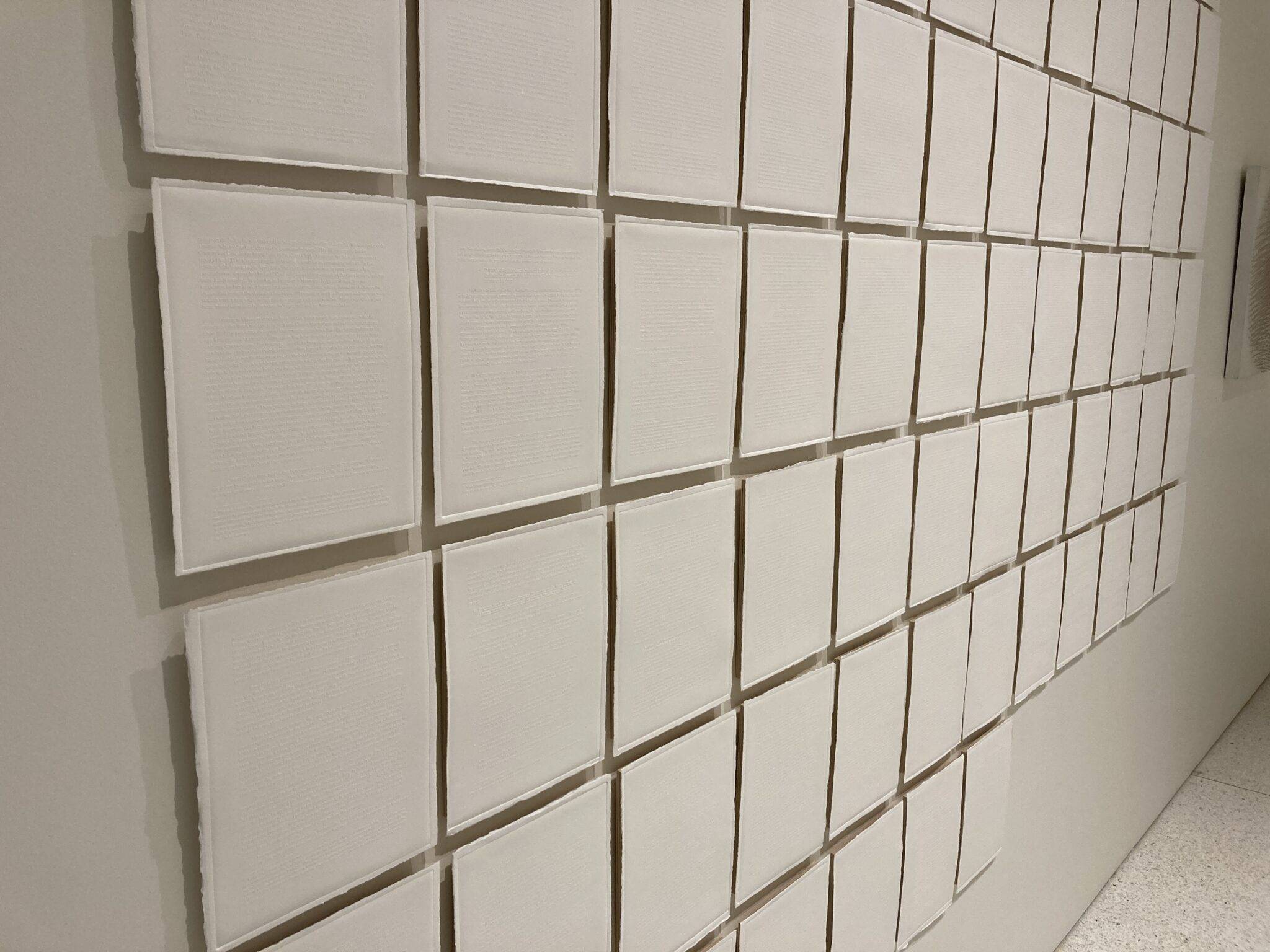Community, Leadership, Experimentation, Diversity, & Education
Pittsburgh Arts, Regional Theatre, New Work, Producing, Copyright, Labor Unions,
New Products, Coping Skills, J-O-Bs...
Theatre industry news, University & School of Drama Announcements, plus occasional course support for
Carnegie Mellon School of Drama Faculty, Staff, Students, and Alumni.
CMU School of Drama
Thursday, February 16, 2023
Exhausting The Infinite Color of Monochrome
F Newsmagazine: “The Five Colors Blind the Eyes” refers to the obsessive overindulgence of mundane sensation that brings forth confusion — hence a hindrance toward Enlightenment — as written in Tao Te Ching, a Chinese classical text. When we visit large museums or galleries, we are often infatuated with the size of huge collections. Despite the fascination we develop during a visit, we can also be so exhausted with that many viewing options.
Subscribe to:
Post Comments (Atom)

4 comments:
Smart Museum of Art put on an exhibition that featured Monochromatic works as mentioned in this article. I have found recently how interesting it is of how much color can represent how much different emotions can bring out in art. As mentioned in the article this art can bring social justice, as well as social change, and I feel like that shows a lot throughout this article. I also find it interesting how many artists are housed at this museum and how much diversity and inclusivity this museum provides to artists. Another thing I really liked about this article is how they explain each work and how it was made and what mediums were used. I feel like color is really important no matter what you’re doing because of how much emotion it can show even through monochromatic, color schemes can go a long way through pushing art in different ways. Overall, I just really love how this museum represents equality and diversity through different artists.
One of the most interesting aspects of monochrome art is the way that it invites the viewer to engage with the work on a deeper level. By removing distractions and focusing on a single color or tone, monochrome art allows the viewer to contemplate the essence of the work and to reflect on the feelings and ideas it evokes. This can be a powerful experience, creating a sense of intimacy and connection between the viewer and the work.
The article also touches on the role of monochrome art in contemporary culture, where it has been embraced by artists and designers alike as a symbol of sophistication and elegance. From fashion to home decor, monochrome is now a ubiquitous presence in our lives, conveying a sense of refinement and taste. The article highlights the power of minimalism and simplicity in art, demonstrating how the absence of color and detail can actually heighten the impact of a work.
Thanks to my mom’s influence, monochrome has always been something I’ve been pretty interested in. Although when I was little, I thought the all white outfits looked really goofy on me (which, honestly, they did), after I was finally able to open my eyes to what could be done with monochrome, I started to appreciate it a lot more. Now, I find it really annoying when I’m putting together an outfit that has colors that almost match perfectly, but can’t quite get them right. The summer before I was a senior in high school, my mom really got me interested in monochromatic outfits. I remember her taking me to a bunch of stores, and buying me these all green outfits, which I honestly really really enjoy wearing. I haven’t been able to keep up with this as much anymore, but it’s something I think looks really cool and hope to continue doing in the future.
https://cmuptm.blogspot.com/2023/02/exhausting-infinite-color-of-monochrome.html If I am ever in a museum with a friend and see a monochromatic or simplistic color painting or work, I almost always hear a comment along the lines of, “I could make that,” or “What are we supposed to respond to this with?” And those comments alone, to me, are exactly the point. Some artists simply strive to evoke a feeling or make a bold statement with just the use of color. I find it so interesting that some people even get riled up from the absence of “complexity” in a piece, and the use of appearingly simple color. One of my favorite artists is referenced in this article, Félix González-Torres, who has some extremely thought provoking and moving pieces. “González-Torres transliterated the loss weight of his partner Ross Laycock, who was dying of AIDS. The fifty-pound works, and the gradually depleting amount of candies, signify Ross’s passing (Viewers are supposed to take candies from the installation).” This piece specifically is so simple to the un-observant eye, but has so much beautiful meaning behind it.
Post a Comment